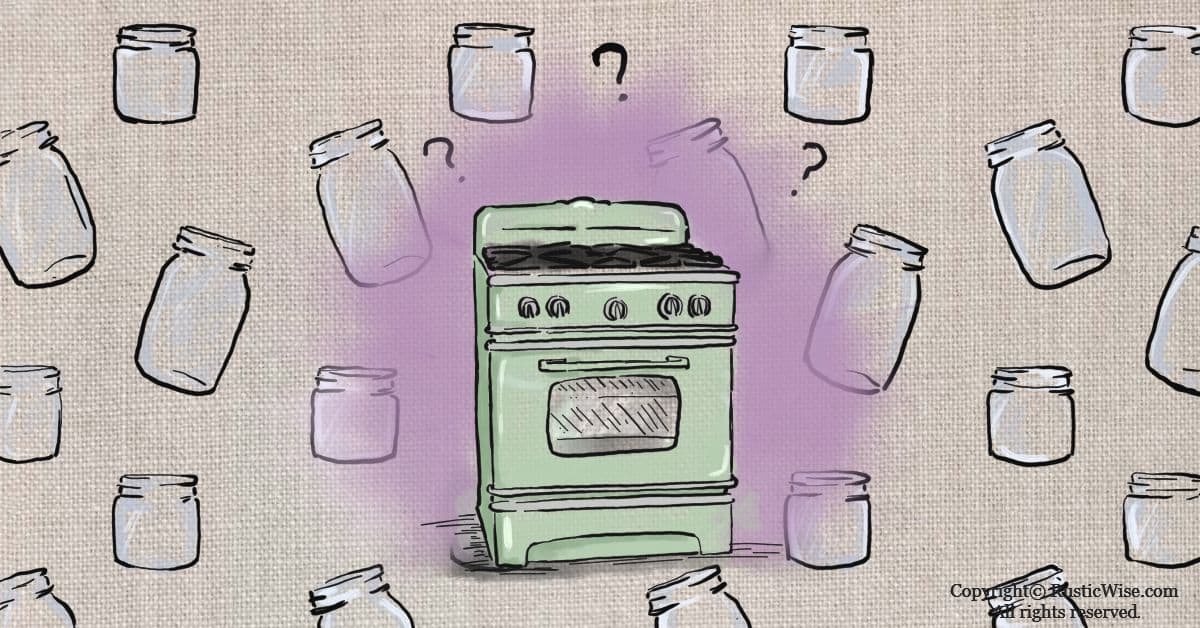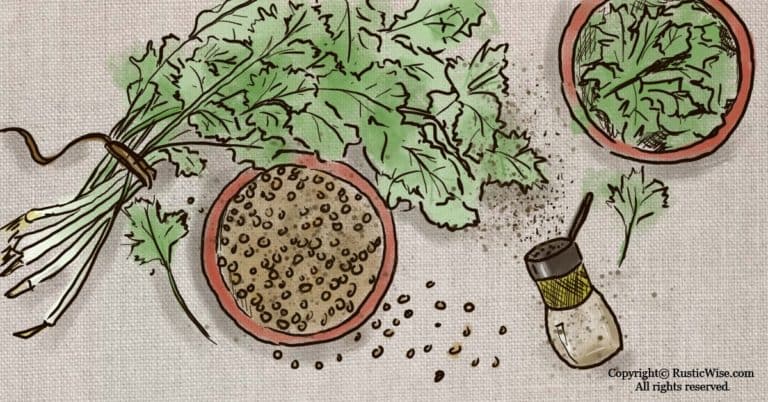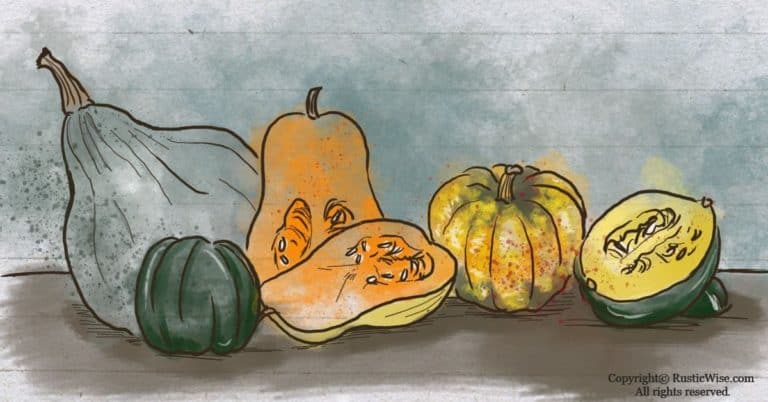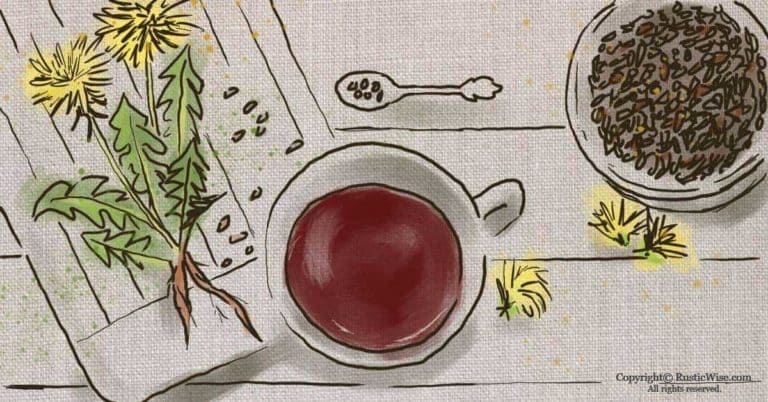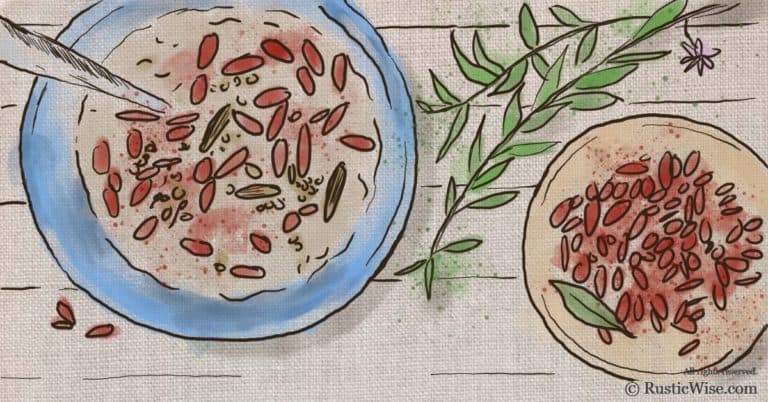How To Sterilize Canning Jars in Oven: Is This Safe?
If you’re new to canning, you might be wondering how to sterilize canning jars in an oven. It sounds like a great idea because it doesn’t take up countertop or stovetop space. But the truth is, this isn’t really a good idea. There are many reasons why you shouldn’t use an oven to sterilize your canning jars, namely that it’s not a reliable, effective, or safe method.
While your grandmother, favorite auntie, or homesteader friend may swear by the oven technique, it’s an old-school method that’s no longer recommended. Sorry…
Canning jars are designed to withstand heat from boiling—not dry heat from an oven. We’ll explore the reasons why using an oven to sterilize mason jars isn’t a good idea, plus when you can safely skip pre-sterilization, and how to properly sterilize jars.
So put that baking sheet and oven mitt away for now. Let’s learn more about oven heating and safe sterilization for canning.
Why it’s important to sterilize canning jars
When it comes to home canning, you want to make sure you take all safety precautions to ensure the food you’re painstakingly preparing is safe (and tasty) for yourself and loved ones.
One of the most important steps in this process is pre-sterilizing jars before use.
The reasons for doing so are two-fold: first, to ensure that any bacteria or other harmful organisms on the glass surface have been killed off; and second, to prevent new microorganisms from growing during processing time.
People often confuse the terms “sanitize” and “sterilize.” What’s the difference between sanitizing and sterilizing?
The process of sterilization eliminates all forms of microorganisms either by heat, chemicals, or other means. This means there’s no bacteria or pathogens left on the object.
Sanitizing refers to reducing the level of microorganisms to an acceptable or safe level.
The process of sterilization which is required in some instances of home canning, involves a higher degree of cleaning than mere sanitizing.
When can you skip pre-sterilization?
Before you go and make more work for yourself, there are instances when you can safely skip the pre-sterilization step. (Yes, really!)
According to the National Center for Home Food Preservation (NCHFP), you aren’t required to pre-sterilize if:
- Using a pressure canner to can fruits, vegetables, or meat.
- Processing foods for 10 minutes or more using the water bath method.¹
If one of these two instances applies to your recipe, you can safely skip pre-sterilization (saving you time). This is because your jars and lids are sterilized during the processing time.
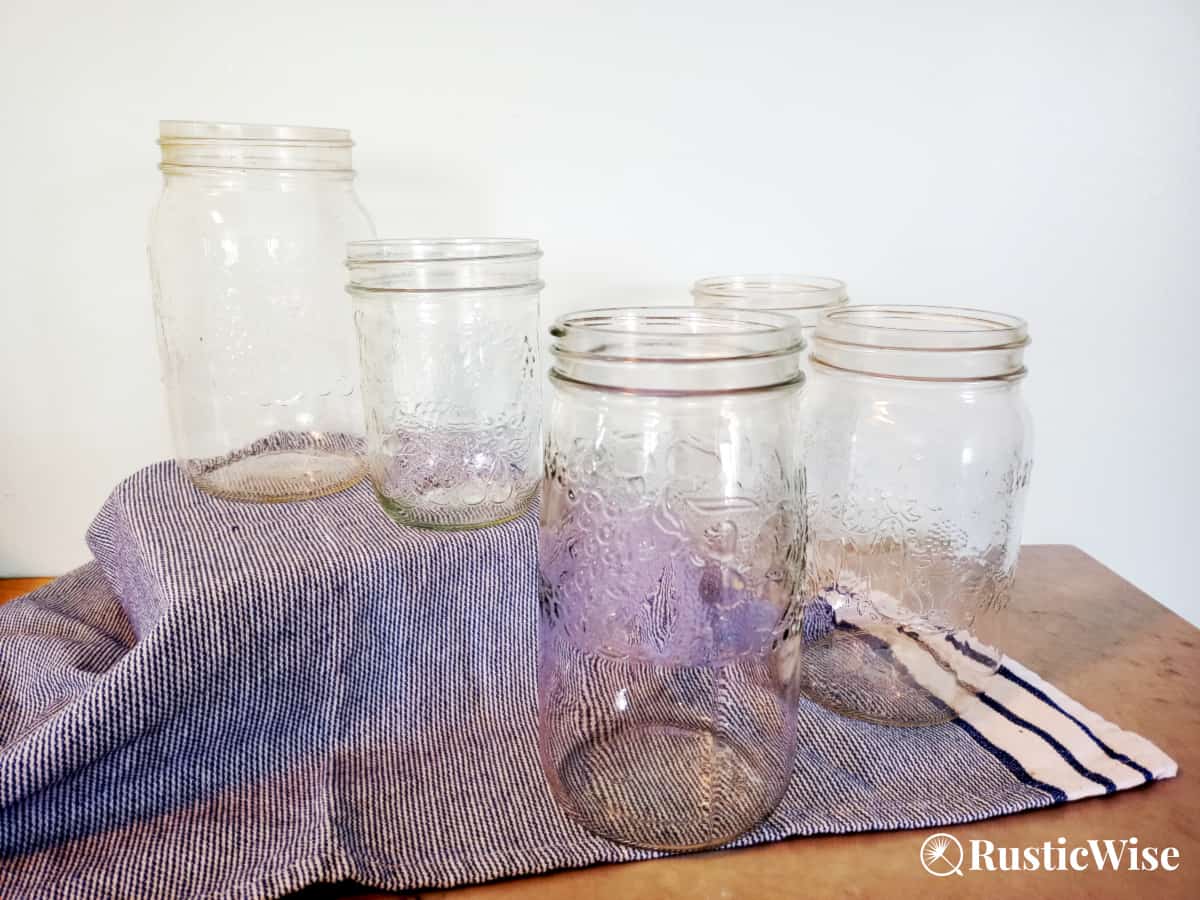
How to sterilize canning jars in oven: 4 good reasons NOT to do this
So now that we’re all on the same page about sterilizing, let’s look at WHY you shouldn’t sterilize your jars in an oven and how it’s different from boiling water or a pressure canner.
1) Uneven and unreliable heat distribution
Most home ovens are not a reliable source of even heat distribution, nor is the temperature gauge entirely accurate.
Have you ever followed a cake recipe to-the-tee, only to discover that you need to continue baking it for an extra 30 minutes longer than the recipe called for?
What may work for one person’s oven may not apply to another. This is just one example of how all home ovens differ in the actual temperature set, and its effectiveness in evenly distributing heat.
In order to effectively kill bacteria, temperatures must be held consistently for a sustained period of time.
Air currents introduced by opening the oven door to check on the jars also affect the oven’s temperature. Fans in the oven may also alter temperature and prolong required cook times.
2) Mason jars are not designed for oven use
If mason jars can withstand high-heat from water, doesn’t this also mean they’re oven-safe? No, not necessarily.
Glass bakeware like your beloved Pyrex casserole dish are made of tempered glass. Mason jars are not. Tempered glass is thicker and designed to withstand fluctuations in temperature.
This means your glass mason jars have a good chance of shattering either in the oven, when placed onto a cool countertop, or during processing.
Representatives from Ball and Kerr state:²
“We do not recommend baking in any size or shape of Ball or Kerr canning jars. The glass used for Ball and Kerr canning jars is not tempered for oven use and is not meant to be used in baking projects. The jars are safe to use for home canning recipes, cold or room temperature food storage, crafting, and cold beverages. The jars should not be used as bakeware, as most bakeware is tempered and can withstand greater temperature differentials.”
This applies to attempting to sterilize/sanitize glass jars in the oven; preheating jars to keep them warm; and using mason jars as cute baking vessels. (All those swoon-worthy images on Pinterest of cupcakes in mason jars are sadly not meant to be.)
Which leads us to the next section…
3) Thermal shock
Thermal shock occurs when there’s a sudden temperature change (for example packing hot food into a cold jar, or placing a hot jar onto a cold countertop). When hot glass is cooled suddenly, high tension arises between the outer layers shrinking in comparison to its inner layers. Tempered glass has high thermal endurance which resists cracking; mason jars sadly don’t.³
Even if you’re careful about removing hot jars from the oven and avoid placing them directly onto cold surfaces, there’s still a risk of breakage. Or, hairline cracks may develop slowly over time causing glass to shatter unexpectedly.
Tip: To preserve the longevity of your glass jars, avoid placing them in the oven.
4) Ovens use a different method of heating
Most regular household ovens use thermal radiation to heat food. This involves a form of dry heat transfer that doesn’t require any physical contact between the heat source and the object.
Industry standards call for the use of boiling water to safely sterilize canning jars (more on how to do this below). Boiling water involves the convection of a liquid which comes in direct contact with the object (in this case, canning jars).
These are two entirely different manners of heating which produce different results.
Even if you heat your oven to 212 degrees Fahrenheit (100 degrees Celsius) which is the temperature water boils at sea level, it doesn’t spread heat to the center of the jar efficiently and this won’t be enough to safely sterilize.
How to properly sterilize jars for canning
There’s only one recommended method to sterilize jars for home canning according to the National Center for Home Food Preservation: boiling jars in a hot water bath for at least 10 minutes (if you live in an area of 1,000 feet elevation or less).⁴ If you live in an area of higher altitude (above 1,000 feet elevation) you’ll need to increase boiling time by 1 additional minute per 1,000 feet of elevation.
Why is there an adjustment of time according to your level of elevation? Because water boils at a lower temperature as the elevation increases. A lower temperature isn’t as effective at killing bacteria which is why you need to compensate by increasing the processing time.
Tip: Before you sterilize jars, it’s a good time to inspect each jar for scratches, cracks, or nicks. Run your finger along the top of each jar to feel for any jagged edges. Only smooth jar rims can create good, tight seals.
Here’s what you need to do to safely sterilize jars for canning:
- Place a canning rack inside your water-bath canner or a large pot you’ll use for canning. It’s important to use a canning rack to prevent the jars from touching the bottom which may cause them to crack. Try to use the same pot/canner for sterilizing as you’re using for processing; this saves you time and water!
- Place clean jars right-side-up on the canning rack and fill the canner with water so you have 1 inch (2.5 centimeters) of water covering the top.
- Bring water to a boil and allow it to boil vigorously for 10 minutes (or more according to your elevation). Use a jar lifter to carefully remove the jars one at a time. Remember to pour the hot water back into the canner.
That’s it!
Related questions
Can you reuse canning lids and rings?
Lids are meant for one-time use only. You can use the canning jars more than once (provided they’re free of nicks and cracks), but you’ll need a new lid and ring each time. Lids are inexpensive and can be found at most grocery stores nowadays. Rings (or screw bands) can safely be reused as long as they don’t have rust or dents.
Can you use any glass jar to can with, or do you need special canning jars?
According to the NCHFP, commercial glass jars (such as those leftover from store-bought jams or mayonnaise) may sometimes be acceptable for canning acidic foods using the water bath method as long as you use a new two-piece lid for sealing (lid and screw band) that properly fits.
Just be aware that commercial glass jars are not designed to withstand the rigors of canning. They are thinner than standard mason jars and are more prone to breakage. They may also have existing small scratches and cracks from use of your condiment which can lead to shattering.
It is never safe to use commercial glass jars in a pressure canner. These almost certainly lead to shattering.
While we’re all about recycling and frugality, with canning it’s best just to stick with store-bought mason jars.
👉 If you like this post, see our Ultimate Guide on How To Can Food. 🍎
Would you like more timeless tips via email?
Fun tips to help you live an independent, self-sustaining lifestyle. Opt-out at any time.


References
- National Center for Home Food Preservation (NCHFP), Burning Issue: Pre-Sterilizing Jars before Canning, https://nchfp.uga.edu/how/can_01/sterile_jars.html. Accessed April 2021.
- Murtaugh, Taysha (11 July 2017). “The Scary Reason You Should Never Bake Anything In a Mason Jar,” Country Living. Accessed April 2021.
- Britannica, Properties of Glass, https://www.britannica.com/technology/glass. Accessed November 2023.
- National Center for Home Food Preservation (NCHFP), Recommended Jars and Lids, https://nchfp.uga.edu/how/general/recomm_jars_lids.html. Accessed April 2021.

Author: Theresa Tesolin
Theresa is co-founder of RusticWise. She helps people unleash their inner DIY spirit by encouraging them to get dirty and make or grow something from scratch.

